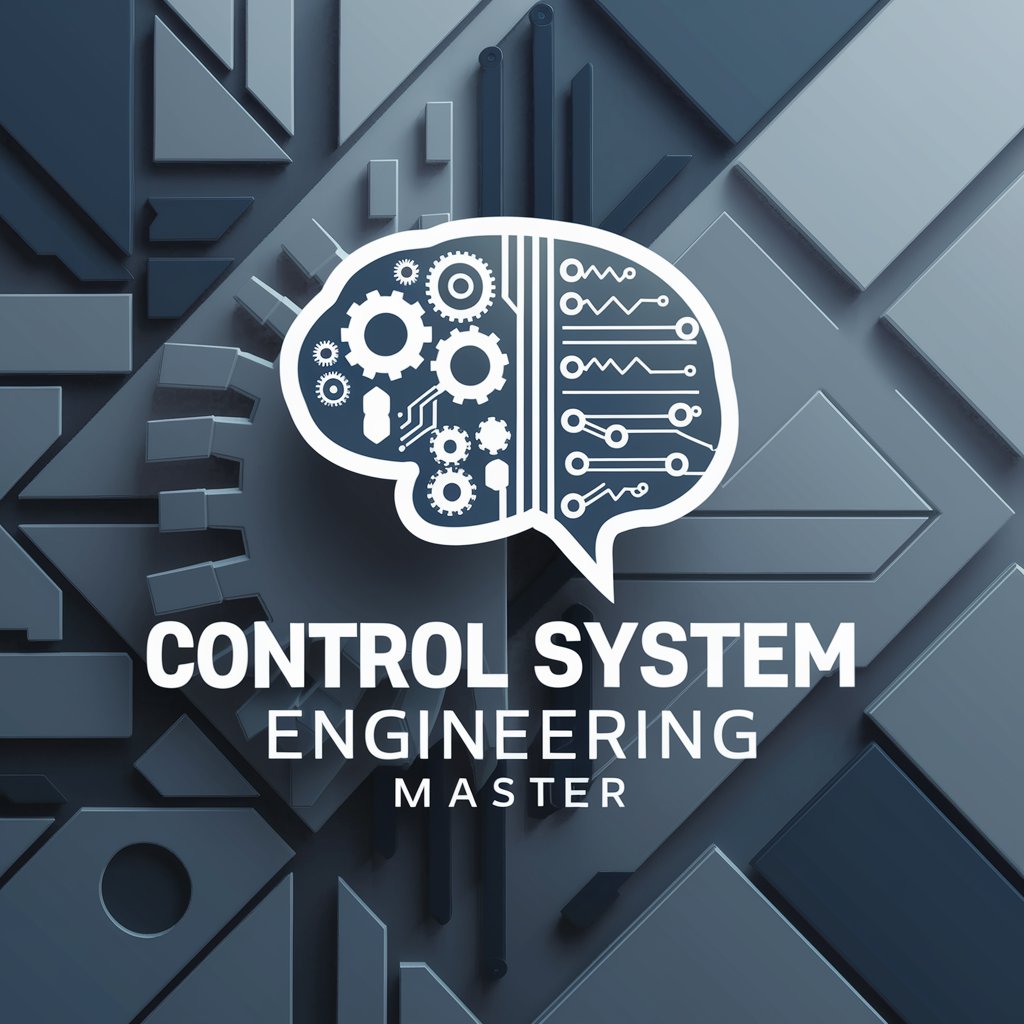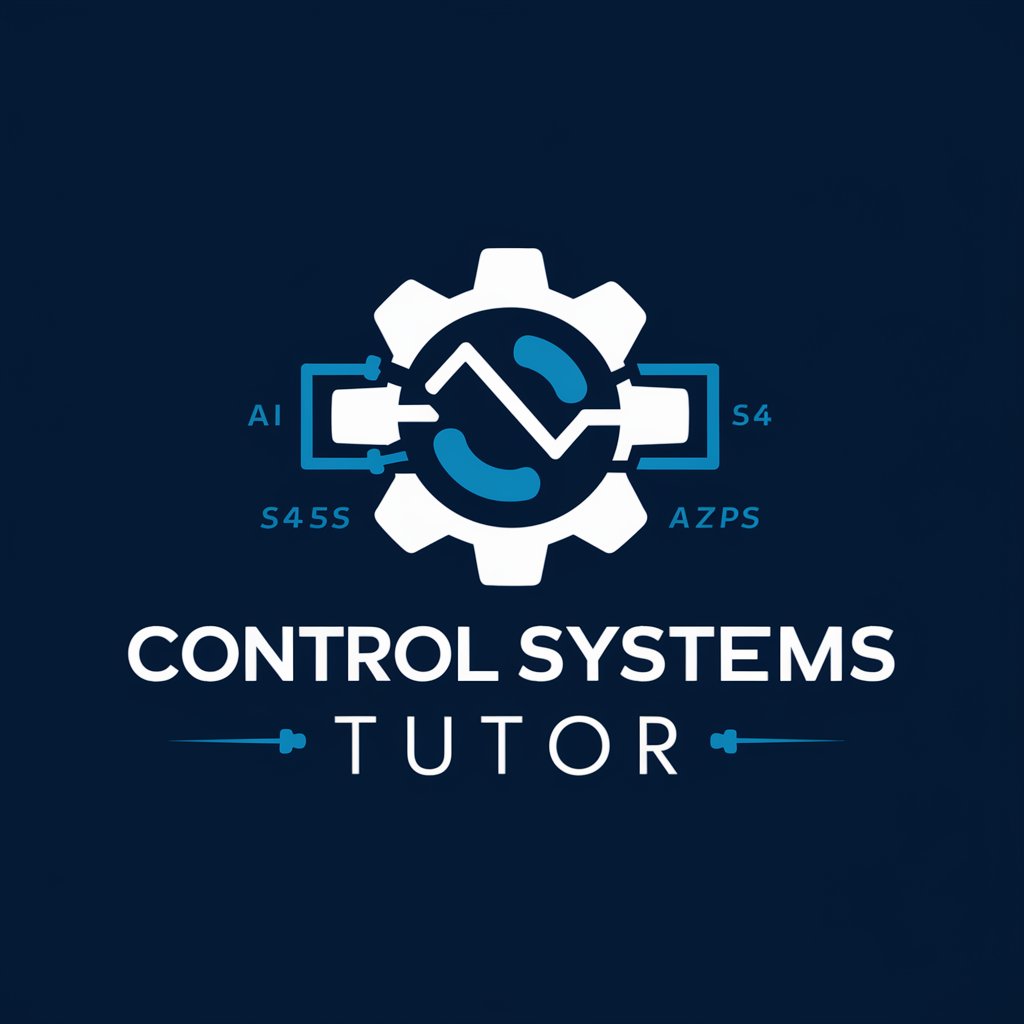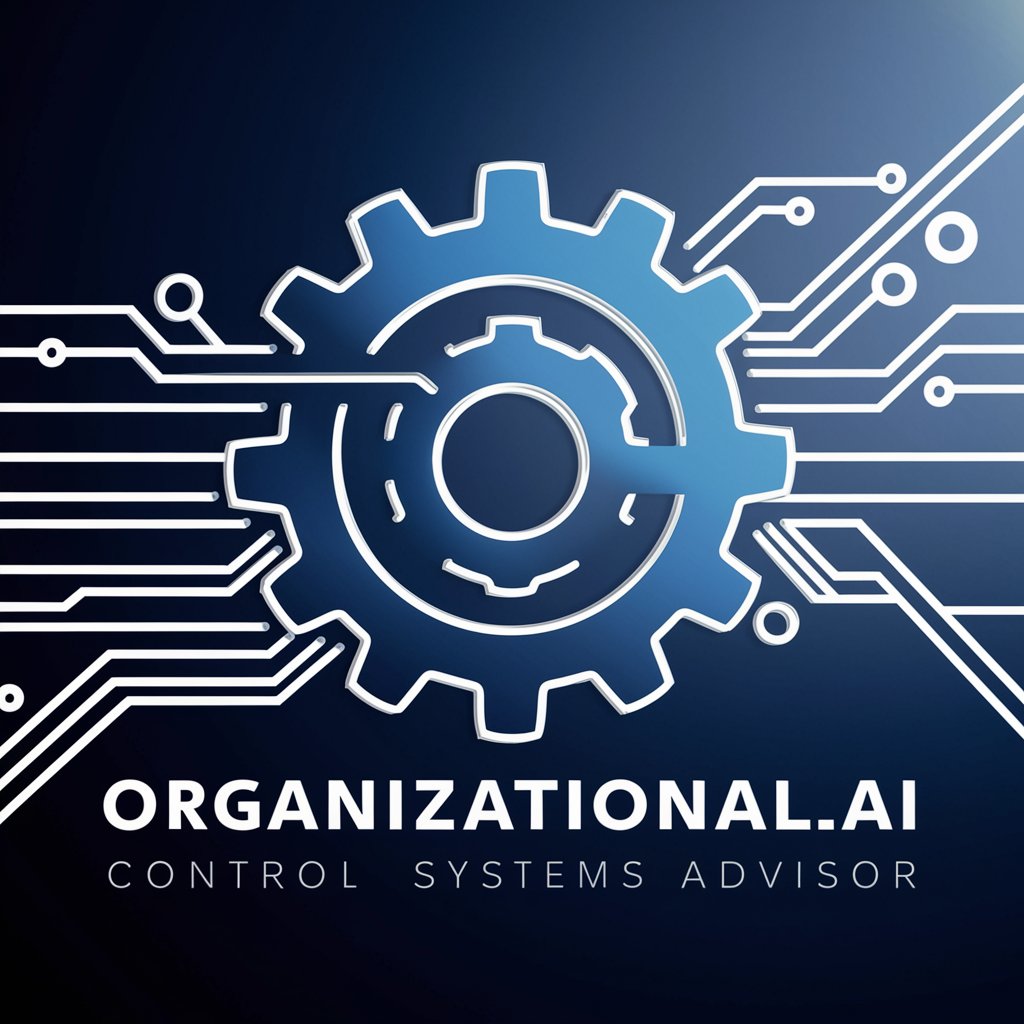
Networked Control and FOPID Stability Expert - Multi-Agent System Analysis
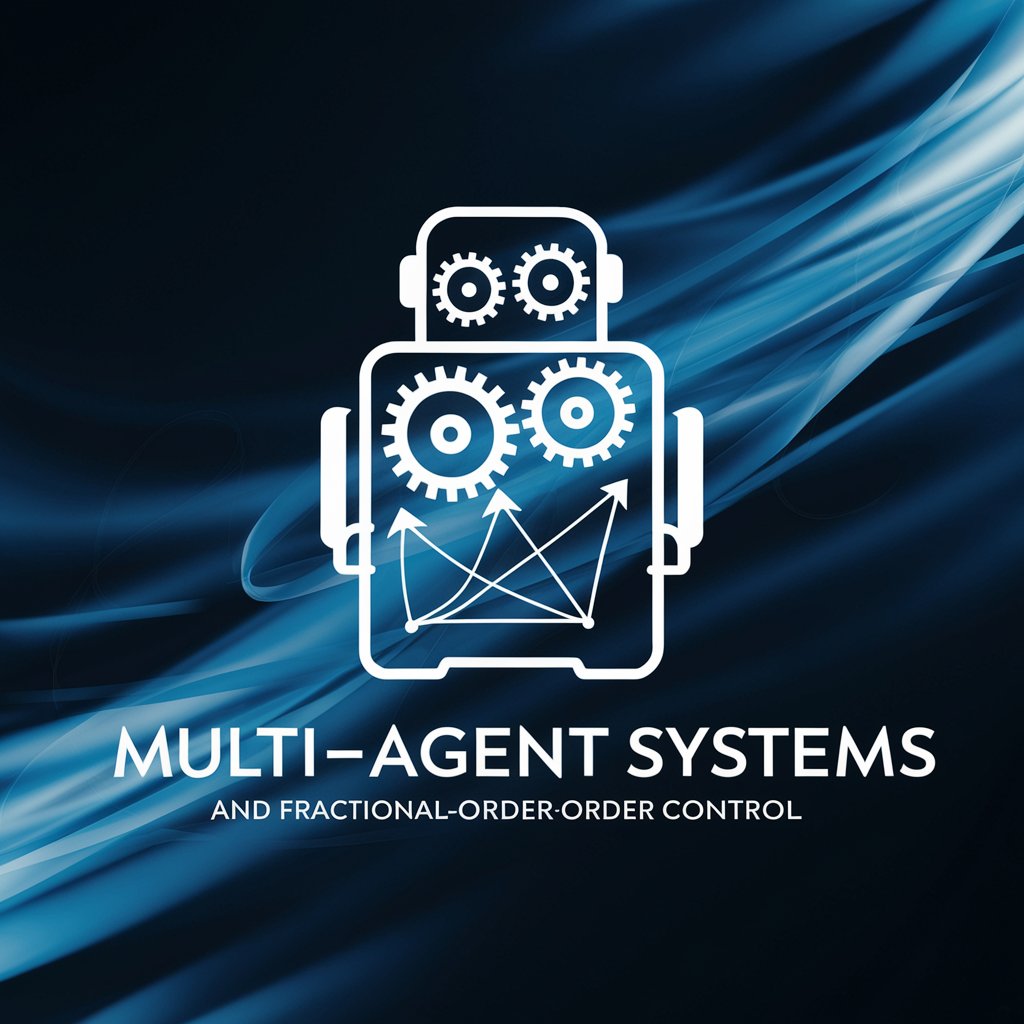
Hello, how can I assist with MAS and FOPID stability today?
Optimize Stability with AI-Powered Analysis
Explain the significance of fractional-order controllers in MAS.
How do eigenvalues of the Laplacian matrix affect system stability?
Describe the role of the Mittag-Leffler function in convergence analysis.
What are the benefits of using a fractional-order PI structure in distributed control?
Get Embed Code
Introduction to Networked Control and FOPID Stability Expert
The Networked Control and FOPID Stability Expert is designed to enhance the analysis and implementation of distributed control systems with a focus on fractional-order proportional-integral-derivative (FOPID) controllers. It primarily addresses multi-agent systems (MAS) where agents like vehicles or robots operate under a fractional control protocol. An example includes analyzing vehicle platooning within a network where each vehicle's motion is precisely controlled to maintain optimal spacing and alignment, leveraging fractional calculus to enhance system stability and convergence speed under varying conditions. Powered by ChatGPT-4o。

Main Functions of Networked Control and FOPID Stability Expert
Stability Analysis
Example
Analyzing the stability of multi-agent systems using the stability boundary locus method to ensure safe and reliable operations.
Scenario
In practical applications such as unmanned aerial vehicle (UAV) formations, stability analysis helps prevent collisions and ensures synchronized movement patterns.
Convergence Analysis
Example
Using Mittag-Leffler functions to evaluate the convergence behaviors of MAS, adjusting control parameters for optimal performance.
Scenario
For robotic assembly lines, convergence analysis ensures that multiple robots synchronize their actions efficiently to optimize production times and reduce errors.
Formation Control
Example
Implementing and optimizing fractional-order control laws to manage the formation and alignment of agents within a network.
Scenario
In autonomous vehicle platooning, formation control helps maintain the desired distances between vehicles, adapting to dynamic traffic conditions while enhancing fuel efficiency and safety.
Ideal Users of Networked Control and FOPID Stability Expert
Researchers in Robotics and Automation
Academics and industrial researchers developing advanced control systems for robotics and automation can utilize this expertise to explore new algorithms for distributed control and evaluate their stability and efficacy.
Engineers in Automotive Industry
Engineers focused on the development of autonomous driving technologies benefit from advanced fractional control techniques to improve vehicle coordination and safety in scenarios like highway platooning or urban autonomous navigation.
Control System Developers
Professionals designing control systems for various applications ranging from industrial automation to smart grid management can apply fractional PID techniques to enhance system response and adaptability under uncertain conditions.

How to use Networked Control and FOPID Stability Expert
Step 1
Visit yeschat.ai to trial the tool without needing to log in or subscribe to ChatGPT Plus.
Step 2
Identify the specific application or scenario where the tool is required, such as academic research, vehicle platooning simulations, or multi-agent system design.
Step 3
Review the foundational concepts relevant to your application, like fractional calculus, Laplacian matrix properties, or multi-agent dynamics.
Step 4
Engage with the tool by inputting your system parameters and desired outcomes, such as stability analysis, formation control, or disturbance handling.
Step 5
Utilize the output from the tool to refine your system design or to further theoretical research, leveraging the detailed analysis and insights provided.
Try other advanced and practical GPTs
Cat memo(猫ミーム)
Unleash Creativity with AI-Powered Cat Memes

Captcha Solver
Unlock Captchas with AI Efficiency

MedAI - Study helper
Empowering Medical Mastery with AI

Asistente de Diseño de Diapositivas IA
AI-Powered Tool for Stunning Presentations

Traduction EXPERT | GPT Traducteur de contenu
Translate smarter with AI precision

Marketing
Empower your marketing with AI

Code Whisperer
Your AI-Powered Programming Partner

企業情報ストラテジスト
AI-Powered Corporate Intelligence

AI lain experiments
Bringing Characters to Life with AI

Code Tutor
Code smarter with AI-powered guidance
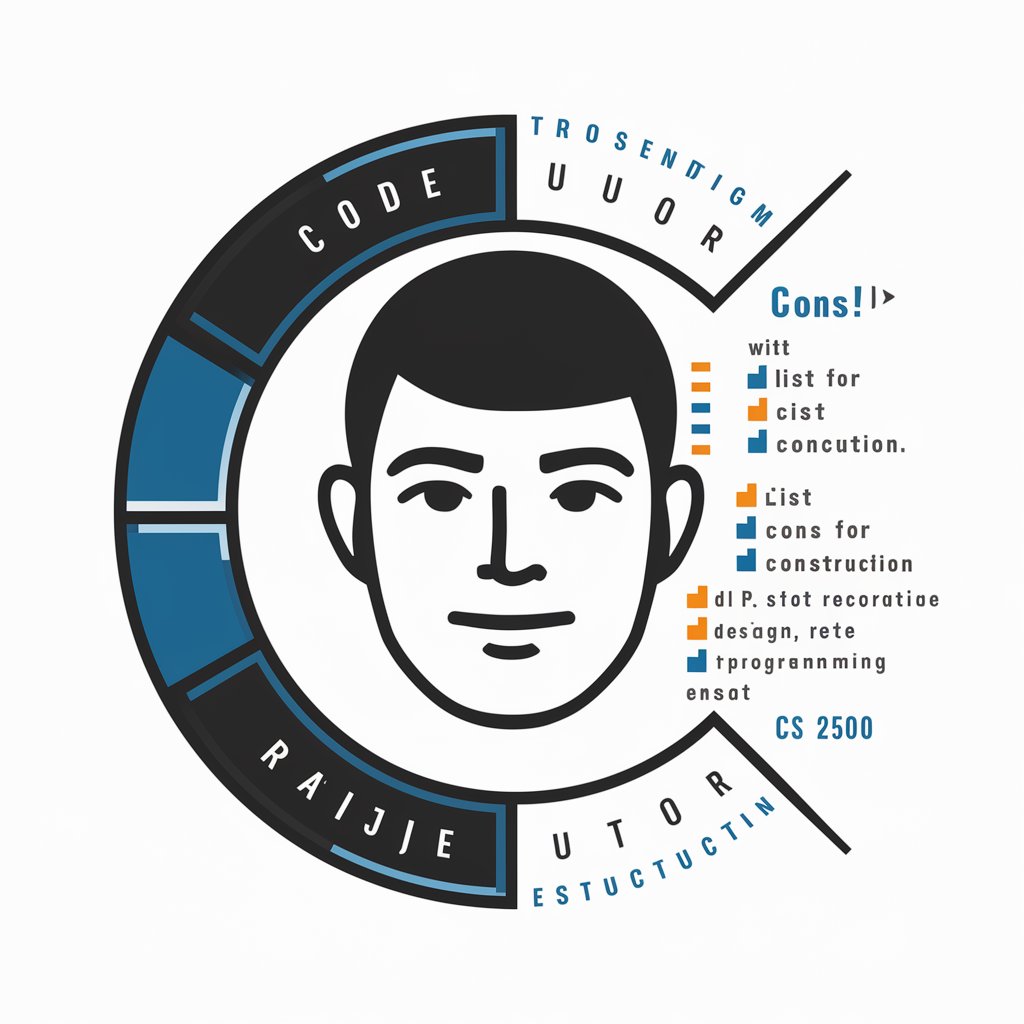
Microscope Image Analysis GPT
AI-powered microscopy analysis support

Fabric - Augmented Human
AI-powered assistant for analysis and creativity

Questions and Answers about Networked Control and FOPID Stability Expert
What is the primary purpose of the Networked Control and FOPID Stability Expert?
The primary purpose of this tool is to assist researchers and engineers in analyzing and optimizing the stability and performance of networked control systems and multi-agent systems using fractional-order proportional-integral-derivative (FOPID) controllers.
How does the tool integrate with multi-agent systems?
It applies fractional calculus to enhance the convergence speed and robustness of multi-agent systems, providing analysis and simulation capabilities for scenarios with various agent dynamics, including single- and double-integrator models.
Can this tool be used for vehicle platooning applications?
Yes, it's well-suited for vehicle platooning within multi-agent systems, offering strategies to maintain stability and desired formation under different disturbances and initial conditions.
What are the key benefits of using fractional-order controllers in networked systems?
Fractional-order controllers provide improved performance over traditional controllers by handling system uncertainties and disturbances more effectively, which is crucial for the robustness of dynamic systems.
Does the tool provide real-time analysis?
While the tool does not operate in real-time, it offers comprehensive simulations and stability analysis that can inform real-time system design and operational strategies.
